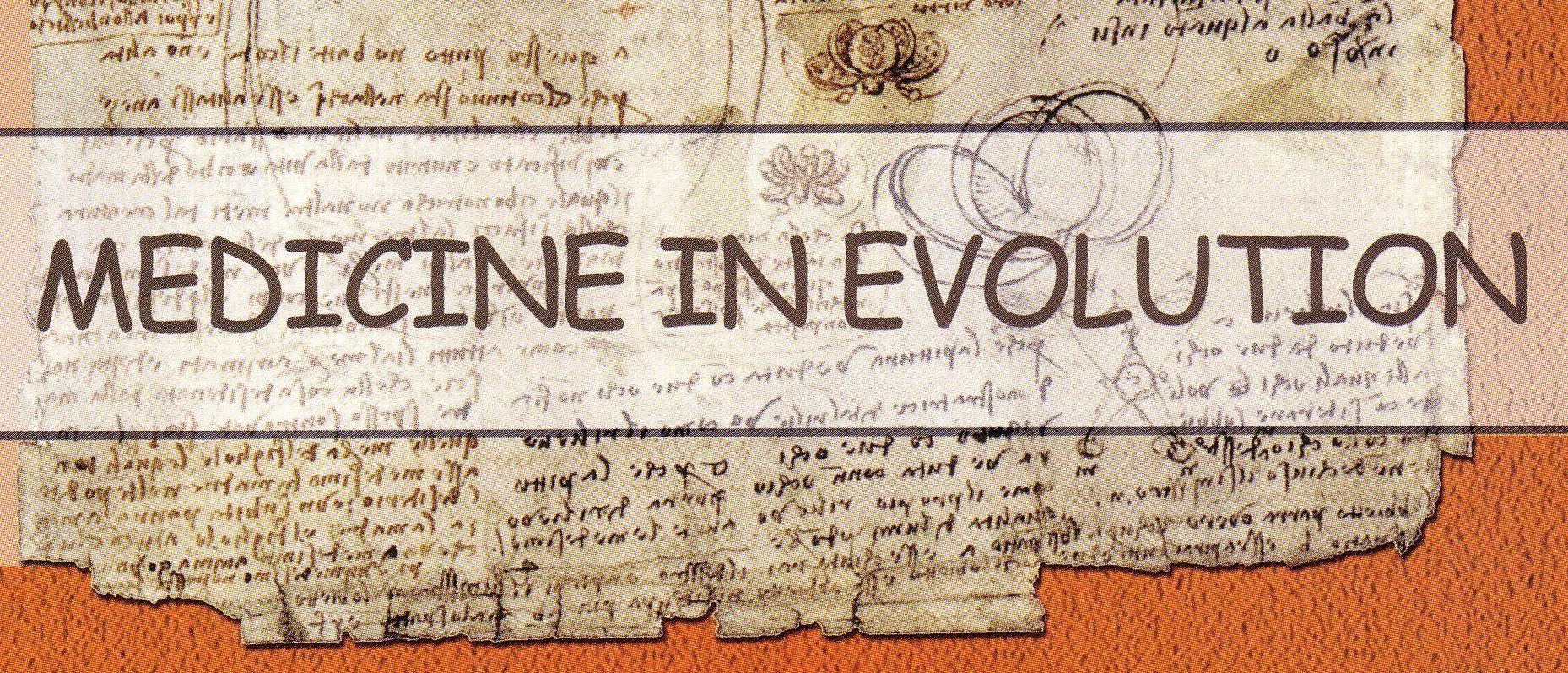|
Medicine in evolution
|
- Abstract - Backround: Allergic rhinitis is a frequent disease and the nasal obstruction is one of the major symptoms of allergy rhinitis and commonly requires medical treatment. Rhinomanometry is a method for measuring the severity of nasal obstruction. It is the synchronous measurement of the nasal flow and the difference in pressure between the choana and anterior nostril. Objective: The nasal provocation test was applied to all the patients in the study group, followed by rhinomanometry. We followed the symptoms according the symptom score and we compared the correlations with the rhinomanometry. Material and methods: 20 subjects (10 women and 10 men) aged between 18 and 47 years participated in the study. The series was collected from pacients enrolled in a follow-up study of allergic rhinitis. All the patients were diagnosed with perennial allergic rhinitis between 2009- 2010. Exclusion criteria were pregnancy, allergic asthma, considerable septal deviation, serious internal or neurological diseases, age younger than 18 or over 65 year, and pacients under continuous medication like steroids, where pharmacotherapy could not be stopped in time. Results: The symptoms at presentations were: nasal obstruction in all the 20 patients (100%), serous rhinoreea in 18 patients (90%), sneezing in 12 patients (60%), itching in 10 patients (50%) and extranasal symptoms like lacryorhea, itching of the palate, itching of the ears, conjuntivitis, chemosis, urticaria, coughing in 12 patients (60%). We have observed semnifical correlation between the prick test and the variation of the flow in AAR (r =0.5).Conclusion: Only if there is a satisfactory correlation between rhinomanometry results and subjective sensation of nasal airflow, can rhinomanometry serve as a relevant criterion for evaluation of the result of nasal surgery or provocation or for determining indication for surgery. Our results indicate that rhinomanometry does reflect nasal obstruction, although there are some possibilities of error. Until other methods have been proved better, rhinomanometry can be used as a fairly reliable tool in assessing nasal patency.
Key words: Allergic rhinitis, rhinomanometry, nasal obstruction.
Webmaster: Creanga Madalina |
|---|---|
